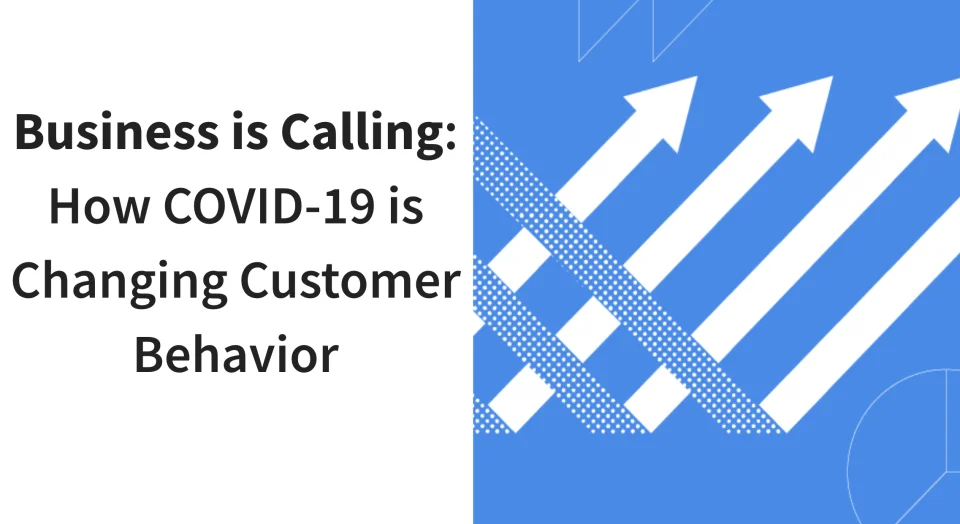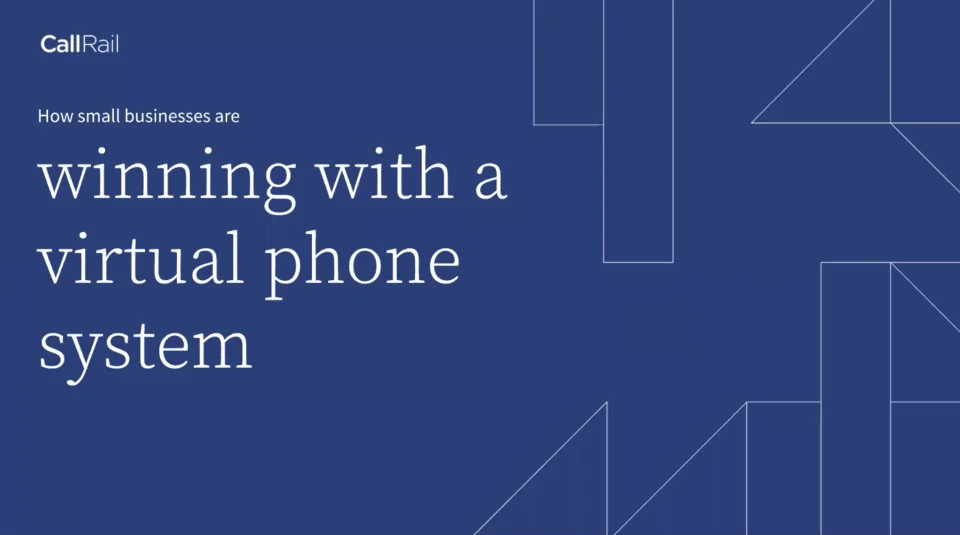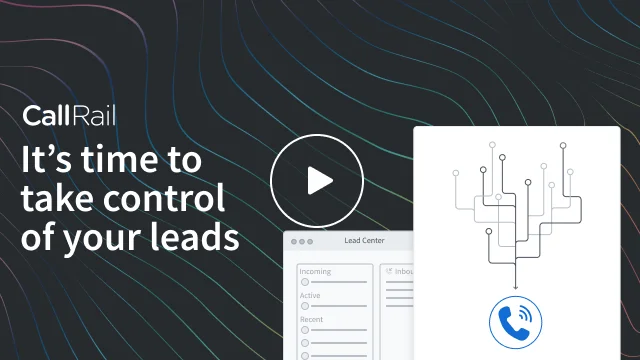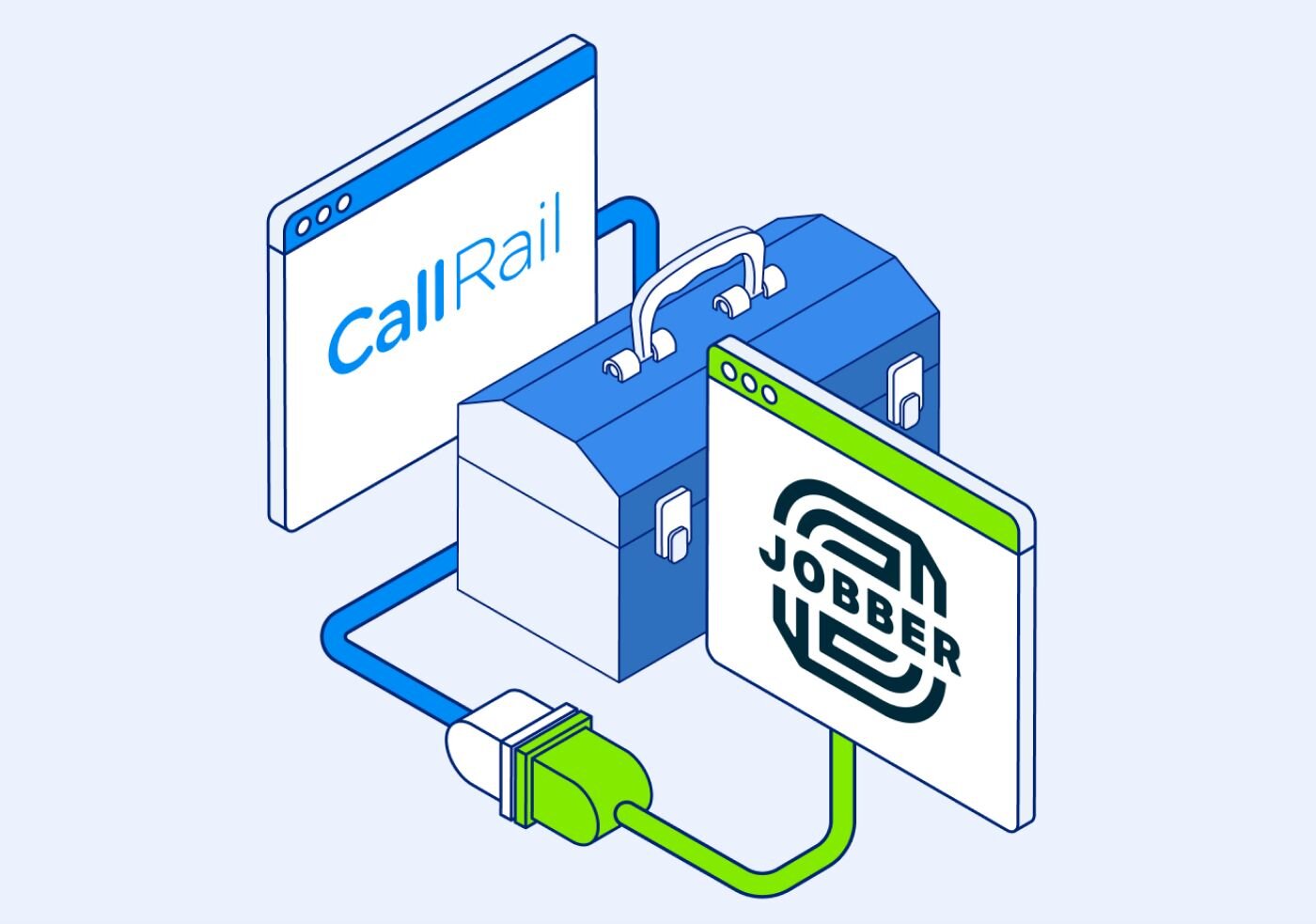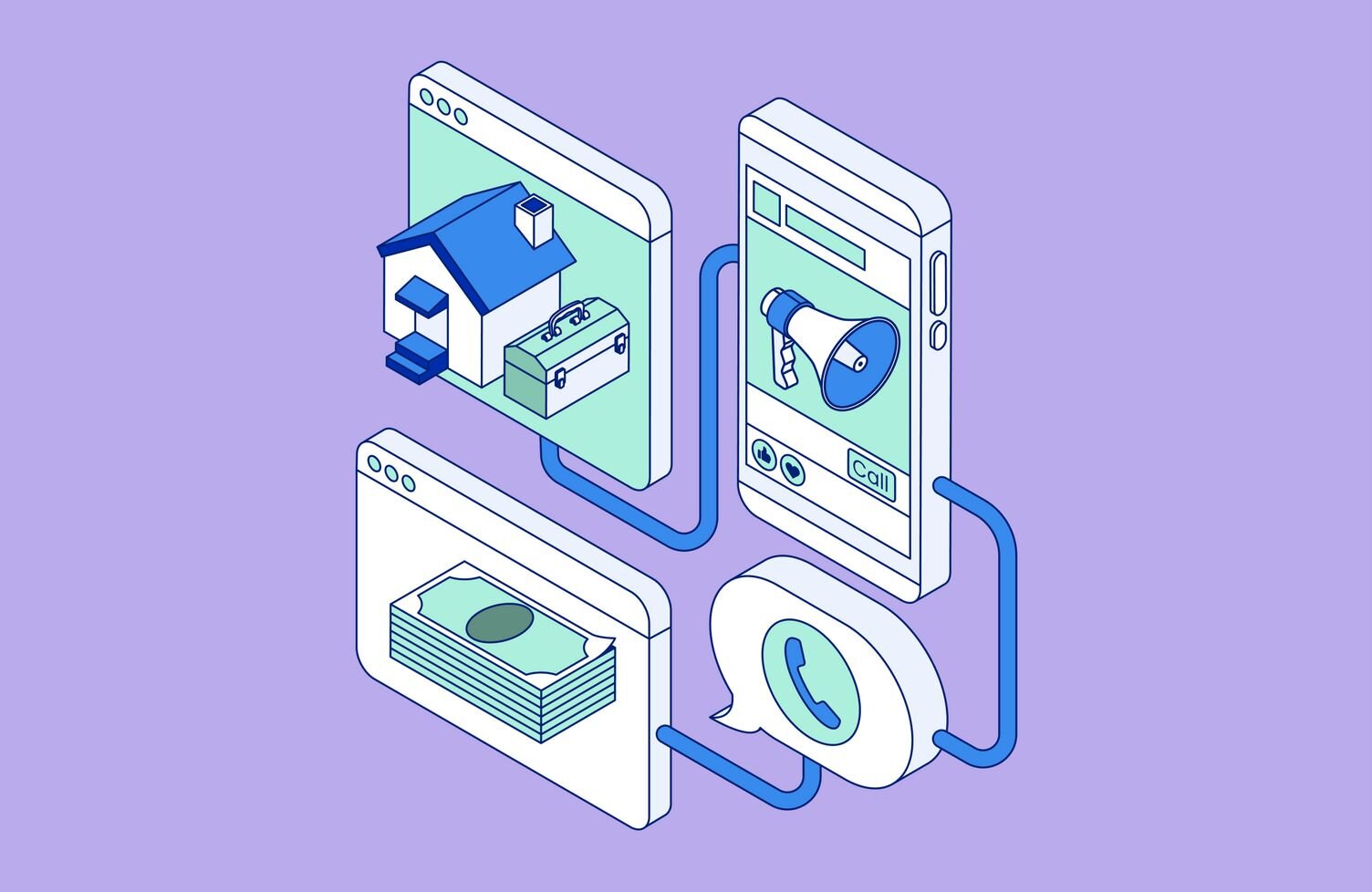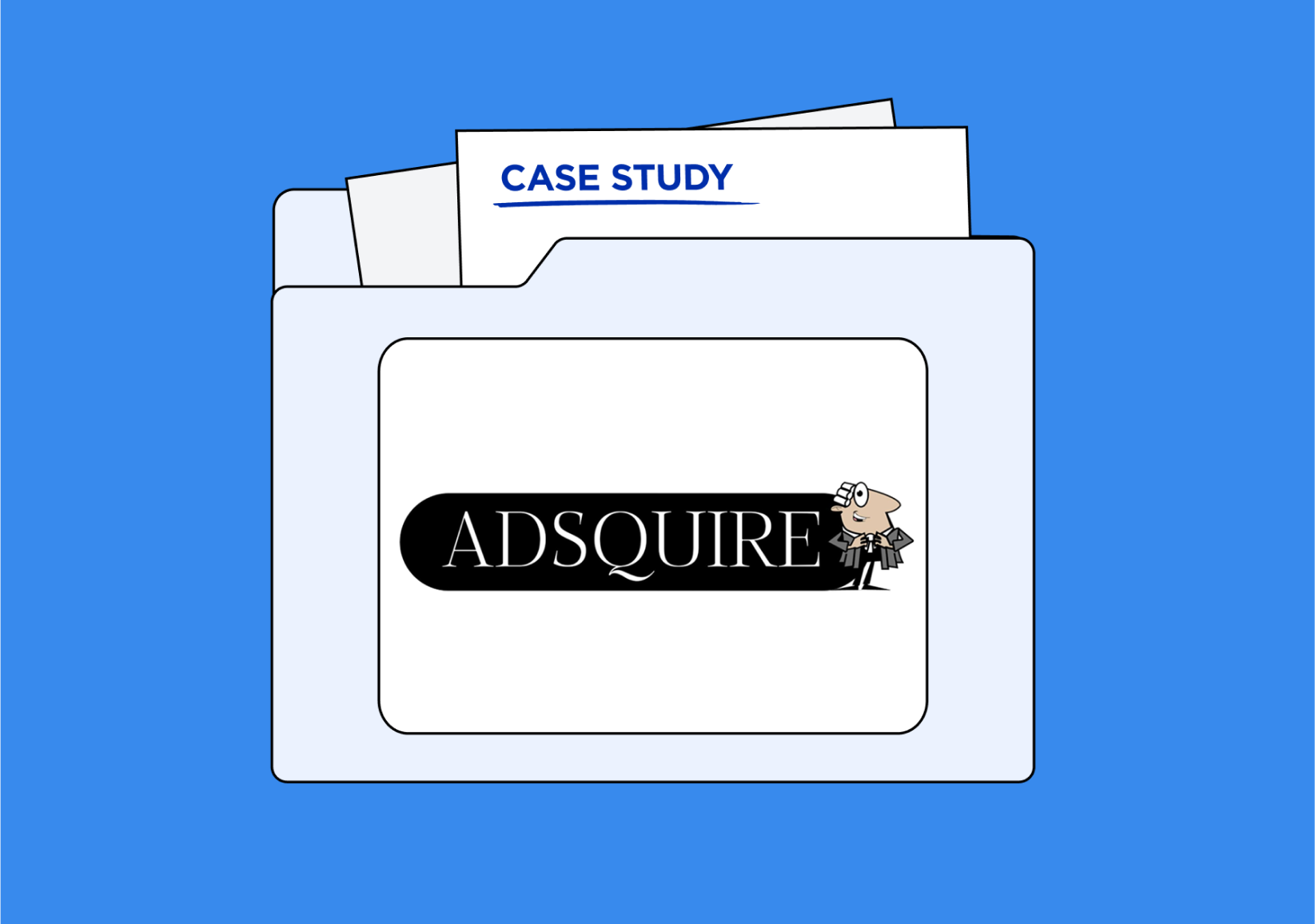COVID-19 has forced many businesses to change the way they operate. From curbside pick-ups to launching new eCommerce offerings, brands have to become increasingly creative with how they serve — and communicate with — their customers.
So why are so many businesses still relying on outdated tools like basic phone systems?
Phone calls have gone through the roof over the past 12 months, with hold times increasing by 34%. Therefore, when customers do get through to you, it’s crucial that you’re able to best serve their needs. Unfortunately, this is easier said than done if you’re using an outdated phone system.
The time is now for businesses to bring their phone system into the modern age. This piece will show you how, exploring where companies are currently going wrong, what they need from a modern phone system, and the tools that will help them extract as much value as possible from their calls.
How companies’ current phone systems are holding them back
For many companies, their phone represents a mere contact tool – although a slightly outdated one at that. Perhaps they’re still using on-premise phone systems, meaning they lack the scalability, cost-effectiveness, and mobility of softphones. With more and more people now working from home, softphones (such as Lead Center) increasingly appear to be the phone systems of the future.
Some organizations would rather sift through email marketing analytics and social impressions than try to improve their call strategy.
In fact, they might not even have a call strategy in the first place.
They’re unable to analyze previous calls. They struggle to identify who called, when, and why. Their call log represents a basic list detailing all calls and their length – yet there’s no contextual information on the caller, what made them ring up in the first place, or even what they’re looking for.
Callers might have a constructive conversation with one employee to outline their specific needs and provide valuable information on what they’re looking for. When they call back a few days later and speak to another employee, however, they’re forced to start over from scratch.
This is a massive customer experience (CX) no-no.
In the age of hyper-personalization, consumers expect businesses to know their every want and need – and provide them a personalized experience in return. This is impossible with a basic phone system that fails to capture contextual information.
Given that 58% of consumers will switch companies after a single negative experience, there are no second chances nowadays. Fail to give a customer what they’re looking for, and they’ll go elsewhere – it’s as simple as that.
With a basic phone system, if a call is ever missed, employees have to crawl through the call log and return their call – though this is often forgotten about or simply ignored (in the hope the caller will ring back if it’s important).
However, 90% of consumers rate instant responses to customer service questions as “extremely important.” Therefore, such ad-hoc approaches simply won’t do.
And outdated phone systems don’t just affect your CX – they also damage your employee experience (EX). Speaking to a prospect or customer on the phone is a tricky skill, requiringreal-time coaching and support.
However, with basic phone systems, there's no way to analyze calls, listen in as they're happening, or offer training tips in real-time.
The capabilities you need (and the tools that can help)
Companies need a phone system that provides:
- Call tracking capabilities
- Streamlines client/customer communication
- Advanced call analytics
Call tracking capabilities
If businesses want to improve their CX and better serve their customers’ needs, they need to identify who’s calling and where they came from.
This is only possible using a tool like CallRail’s Call Tracking.
Call Tracking uses dynamic number insertions to give each piece of marketing its own accompanying phone number, linking inbound callers with the marketing they interacted with.
For instance, if a caller rings after seeing an ad targeted at improving law firms’ SEO capabilities, you'll immediately know what they’re looking for.
It will also demonstrate which marketing successfully drives a high volume of calls, allowing you to identify successful strategies to prioritize moving forward.
But there’s more to Call Tracking than simply linking inbound calls to marketing strategies.
Call Tracking will reveal a wealth of additional insights to help you better understand – and serve – your callers: their name, telephone number, location, and the caller’s timeline, including previous calls and texts from this number, tags categorizing each interaction, and specific notes from previous interactions.
Plus, you can also dig into visitor session data such as the:
- Referrer
- Landing page
- Pages visited
- Active page during the call
- Browser the caller used
When the phone rings, you’ll know if it’s someone you’ve previously spoken to – and if so, what they’re looking for. You can confidently pick up, greet them by name, and carry on from where you left off, even if you’ve never personally spoken to this individual caller before.
71% of shoppers feel frustrated when their customer experience isn’t personalized. With Call Tracking, however, you’ll be able to personalize each interaction you have with previous callers – and immediately identify if you’re speaking to a brand new caller.
Omnichannel communication
Call Tracking alone is fantastic – but you need a scalable way to collect and synthesize all this information. Manually updating spreadsheets every time a caller puts down the phone simply won’t suffice.
Instead, you need a single, automatically updated communication hub where you can communicate with your leads with a click of a button.
Introducing: Lead Center.
Lead Center is a unified business communications solution that centralizes all your incoming and outgoing customer interactions into a single inbox. When your phone rings, you’ll automatically see everything your company knows about this specific caller: their previous interactions with your company, what they’re looking for, and more. And it doesn’t stop with calls – Lead Center also allows you to stay on top of all calls, texts, chat, and forms from each particular lead.
Having such a complete picture of your customers is invaluable.
For example, it’s been suggested that 56% of consumers would rather fill out a form than speak to an employee over the phone. However, with basic phone systems, you have no way to link form submissions and calls – even if they came from the same person.
Form Tracking allows you to cross-reference form and call data. Plus, you can also integrate data from sources such as Google Analytics and Ads, HubSpot, and Salesforce into Lead Center— helping you paint a complete picture of your prospects and customers alike.
Impress callers with your attention to detail and personalization, making them feel valued. And if you ever miss a call, simply ring the caller back with just one click within Lead Center.
A reported 85% of callers won’t ring back if you missed their call – and it’s been estimated that each missed call from a prospect costs companies an average of £1,200 (roughly $1,672 at the time of writing).
What are missed calls costing your business? Lead Center’s comprehensive business communications solution capabilities offer a better way to stay connected with your leads, ensuring that no missed calls turn into missed opportunities.
Advanced call analytics
If you’re serious about maximizing your call strategy and transforming your CX, you need to make concerted efforts to improve how you speak to callers on the phone.
This requires analyzing current performance before outlining areas for improvement. You need a way to pore over previous conversations, quickly identifying what was good, bad, and ugly, before putting these insights into action.
That’s why we created Conversation Intelligence, an exciting Call Tracking feature. Conversation Intelligence leverages AI-based technology to instantly transcribe and automatically analyze calls in real-time, saving companies a massive 90% of the time they used to spend manually analyzing calls.
With Key Terms Spotted, one of Automation Rules’ newest features, you can use a range of out-of-the-box templates to instantly see which keywords pop up throughout your call. This allows you to quickly assess how a call went and what needs to be improved going forward.
Never again will you forget what a customer said, what they were looking for, or what you said you’d help them with. Get as much value as possible from calls – even long after you’ve put down the phone.
Instantaneous call scoring helps you keep tabs on how calls are going in real-time. If a call doesn’t seem to be going well, dive in and offer assistance via call monitoring that only your employees can hear.
Take your business to the next level
It’s time to move away from archaic, outdated phone systems. Bring your phone system into the modern age to transform your customer experience and improve your bottom line.
CallRail’s robust platform allows businesses to instantly identify who’s calling, why, and to see a complete customer timeline to date – powering first-class customer service at all times.
Integrate form data to build a complete picture of your callers and analyze calls both after the event and in real-time. Manage contacts from one unified inbox, reduce the likelihood of calls flying under the radar, and ring callers back in one click.
Get started today by signing up for a 14-day free trial.




